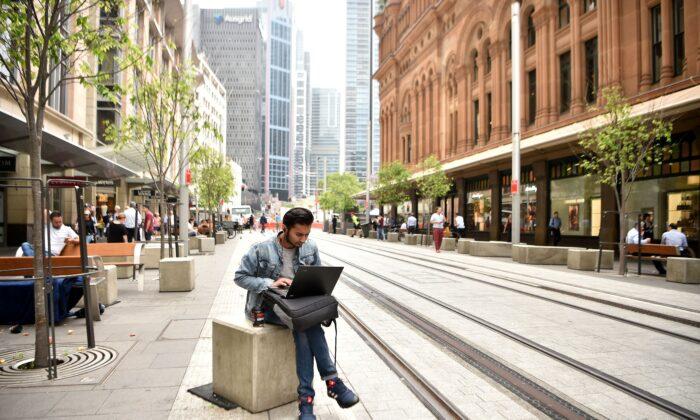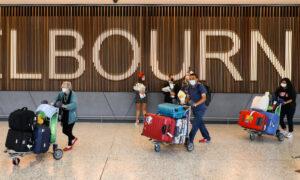Group of Eight (Go8), Australia’s most research-intensive universities, said that the public should stop blaming international students for the nation’s property crisis, which is a reflection of supply-side problems including underinvestment and government regulation.
“International education is one of Australia’s greatest export success stories and is critical to our future prosperity. Australia is in a global race for top international students who go on to earn advanced qualifications and help Australia’s drive to become a knowledge economy,” Go8 CEO Vicki Thomson said.
“Only around 16 percent of international students who study in Australia remain long term, but those who do contribute to our skills and talent pool in critical areas such cyber security, defence, engineering and energy sectors.
“We need to encourage more high-quality international graduates to stay longer.”
Go8 also emphasised that its member universities either provide or facilitate access to accommodation that caters for over 83,000 students.
“The number of international student arrivals has no direct bearing on underlying supply side factors which include decades of underinvestment; government regulation, planning approvals, elevated construction costs and workforce shortages; supply chain disruptions; and weak productivity growth,” Ms. Thomson said.
“These supply issues cannot be solved overnight and regardless of international student intake, Australia would still be facing a housing crisis.
“Any plans to impose a cap on international students as one mechanism to ease housing pressure—especially during a domestic skills crisis—is shortsighted and risks putting a brake on Australia’s economic growth and prosperity.”
Earlier, Property Council of Australia’s Student Accommodation Council pointed out that rents began climbing in 2020, when migration was prohibited by travel bans and the majority of students returned home.
In a report, the council said that median weekly rents increased by 30 percent between 2019 and 2023, while student visa arrivals decreased by 13 percent.
“There are more domestic students in rental homes than international—yet no one is suggesting we ban share—houses for local university students,” Executive Director of the Student Accommodation Council Torie Brown said.
“We need to look at the broad spectrum of issues driving up rent and reducing the supply of homes, rather than blaming a single cohort.”
Ms. Brown added that blaming international students was unfair and highly damaging to the country’s reputation of being hospitable.
Do International Students Drive Rent Demand?
The report also addresses three misconceptions surrounding the role of international students as demand drivers in the rental market, based on data compiled by Accenture.First, rent prices have not increased as quickly in 2023 as they have in preceding years.
Median rents hiked up by 24 percent between June 2019 and June 2023, while there was only a 4 percent increase in international students who lived in the country.
Conversely, median rent increased by only 5 percent, while there was an 18 percent increase in said students between June and October 2023.
From December 2019 to December 2023, median weekly rent increased by 30 percent while student arrivals decreased by 13 percent. This disproves the belief that student arrivals coincide with rental price increases.
Lastly, most rental households are characterised by couples with children (37 percent), single parents with children (19 percent), couples without children (16 percent), and single-persons (13 percent). All of these renters do not hold any international student visas.
Accenture data also showed that 47,000 international students resided in purpose-built student accommodations (PBSA) in 2021, alleviating pressure on the rental market for houses and apartments.
Thus, Ms. Brown highlighted the need for more PBSAs to leverage the increasing student population while simultaneously alleviating rental demand pressures.
“We need the pipeline of PBSA projects to add 66,000 new beds to the market by 2026 to maintain the proportion of international students living in our buildings rather than the private market,” Ms. Brown said.
Currently, 662,895 foreign students are studying in Australia based on January to February 2024 data by the Department of Education.






